While surveying the Mark Evanoff papers recently during archival processing, it soon became clear that this collection includes a particularly rich array of social movement cultural ephemera about the regional and global environmental impact of the nuclear industry in California. Social movement ephemera is produced in a variety of formats to engage, transform and promote direct action toward a dynamic social cause. The content provides a unique glimpse into a time and place in the life of a socio-political movement and so can be of particular historical importance and value in research and instruction when available.
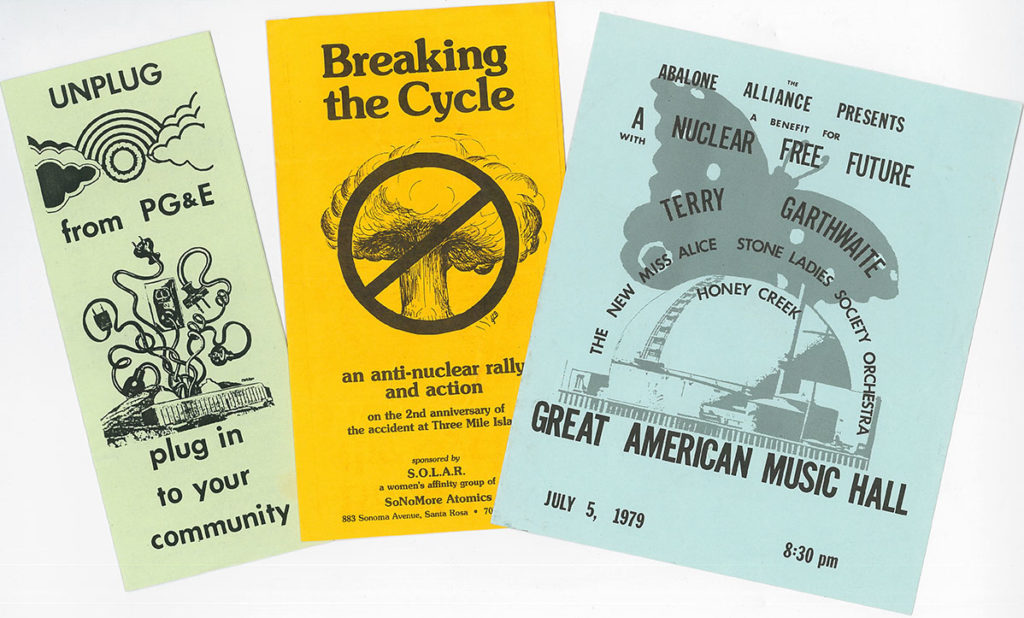
As objects of a temporary nature, ephemera is always at risk of disappearing once its initial purpose has been served. Accordingly, it usually must be saved by a participant or observer around the time of its creation. This is the case with the Mark Evanoff papers. Evanoff worked primarily with the Abalone Alliance and Friends of the Earth during the 1970s and 1980s to oppose the development and operation of nuclear power plants in Diablo Canyon and Humboldt Bay. He wrote articles for Friends of the Earth’s “Not Man Apart” publication, planned and participated in protest actions (and was arrested twice in the Diablo Canyon blockades), mobilized activists and prepared groups for non-violent civil disobedience training and legal defense.

Evanoff also collected and disseminated educational resources about nuclear power and disarmament produced by local and global pro-nuclear and anti-nuclear groups. The Evanoff papers provide substantial evidence of the anti-nuclear movement, community organizing, direct action and social movement participation at a grassroots level during this period through the correspondence, organizing notes, meeting minutes, legal testimony, public policy clippings, and ephemera contained within the collection.
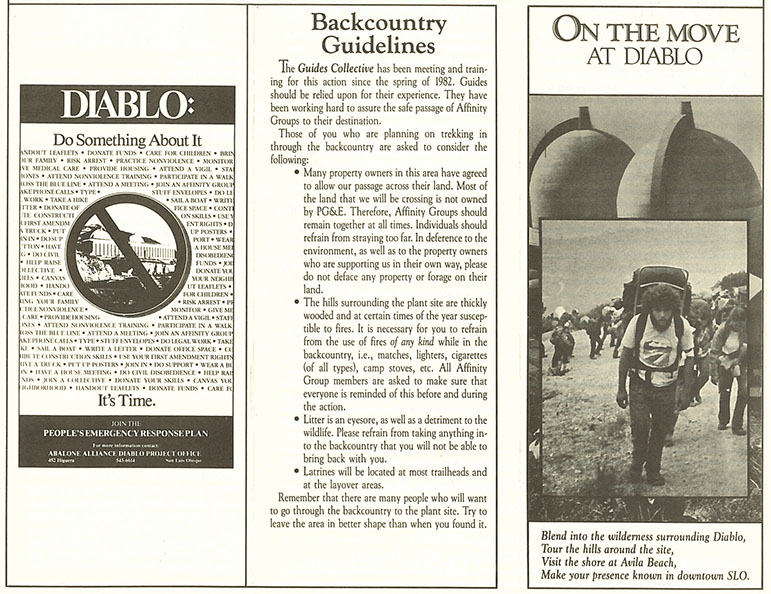
Since adapting to communication trends is crucial in the progress of social movements, the choices made regarding the information, language, graphic design, artwork, printing and distribution of ephemera produced by these groups can profoundly affect the message. With just a few images and well positioned text, effective social movement ephemera opens minds, pulls at the heart-strings, and/or gets the viewer’s blood boiling and ready for action. It acts as a useful educational and marketing outreach tool to share information, promote ideas, publicize an agenda and provide talking points about a cause. Activist ephemera also usually presents logistical details as to the who, what, when, why, where and how of community organizing, grassroots public policy lobbying, protest marches, fund raising concerts and other actions.

Ephemera is most powerful when designed with eye catching, bold, trending or symbolic imagery, visual cues and creative use of text, colors and fonts. Many flier, poster and zine designs have a cut and paste, DIY (Do-It-Yourself) quality: utilizing photographs overlaid with other compelling graphics and text, including well-known historical quotes or humorous catchphrases, and self-published at home or printed at copy stores. While some other ephemera is professionally graphic-designed and printed on finer quality papers.
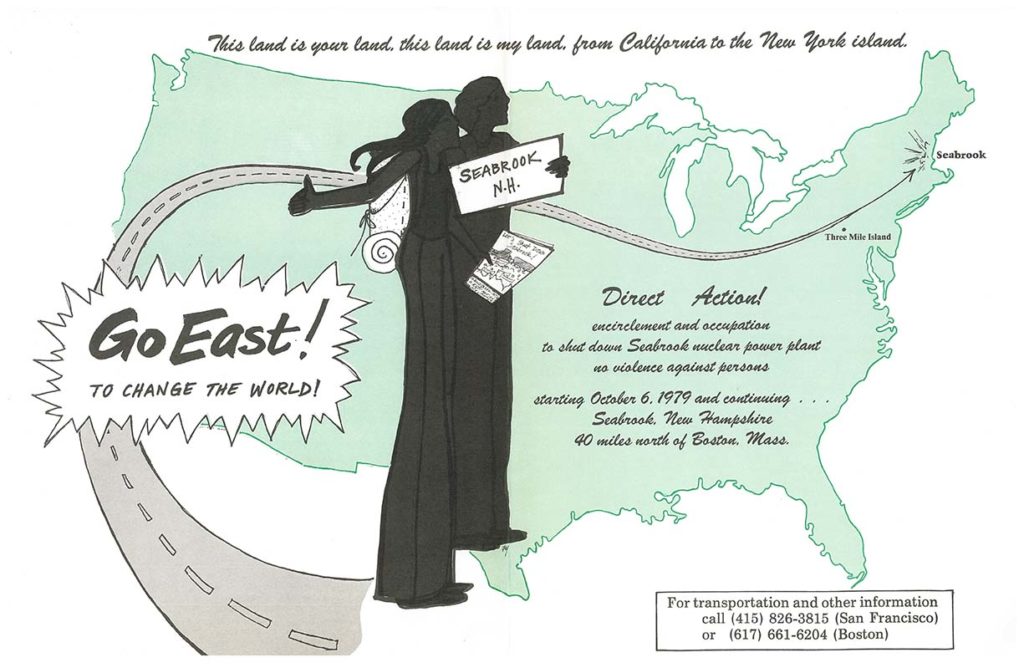
Although some materials are undated and may contain questionably reliable content, requiring additional sleuthing to fact check information and find accurate dates, much cultural ephemera can provide valuable incite to researchers long after the date of creation. Social movement ephemera may also act as a jumping off point for scholarly research when used in exhibitions, publications and instruction. The visual aspects and originality of content of this sort of cultural ephemera has the ability to draw a viewer in to study a topic they otherwise may not have known or thought much about previously.
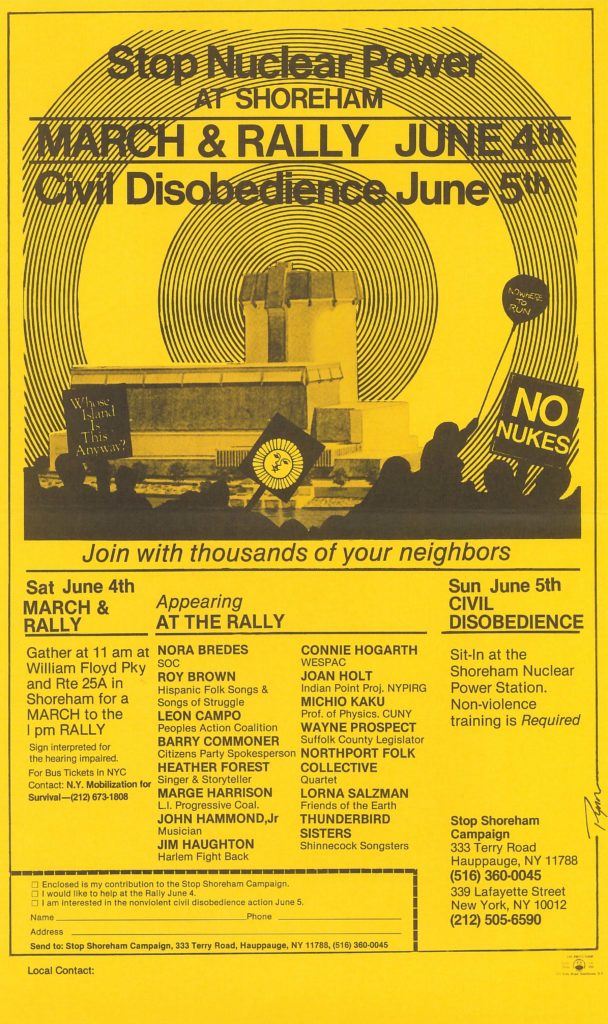
Some of the qualities that make activist ephemera unique can also become challenges when preserving a collection of archival materials. Certain items may be difficult to stabilize and store long-term in their entirety when produced on acidic paper, fabric, metal, plastic or wood; or when they are found adhered to the pages of scrapbooks or attached to handles. There may also be questions as to how best to organize and catalog ephemera materials within a large collection, so that a potential researcher will be able to readily find relevant items. To highlight the research value of the ephemera in the Evanoff papers, it has been arranged so that anti-nuclear materials are separated for the most part from power plant information and nuclear power subject and technical files, and it has been described within the finding aid in a bit more detail than usual.
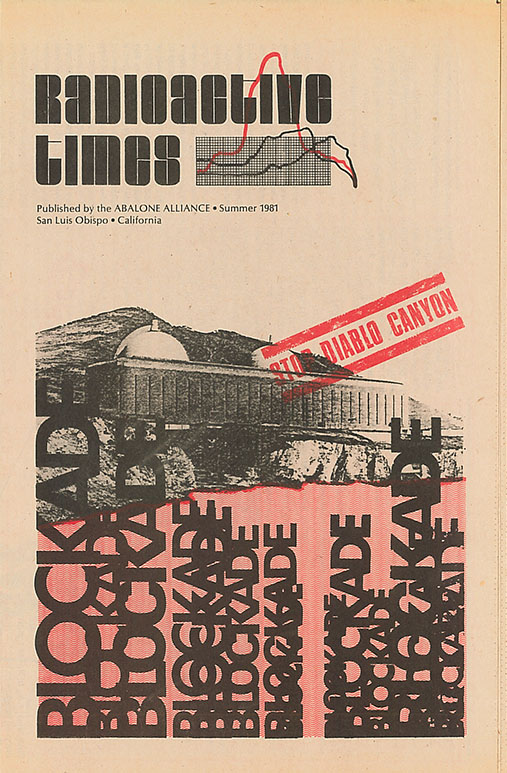
After nearly 60 years of controversy since construction began on the Diablo Canyon Power Plant, PG&E announced plans for its closure in 2025. While it’s impossible to measure the effect that the activist ephemera produced by the Abalone Alliance and other anti-nuclear groups had on this result, it is easy to see the informational, evidential and aesthetic value in keeping these social movement materials for future researchers. What is important to the historians of tomorrow must be collected and saved today.
The Mark Evanoff papers are now processed and open to researchers at The Bancroft Library.